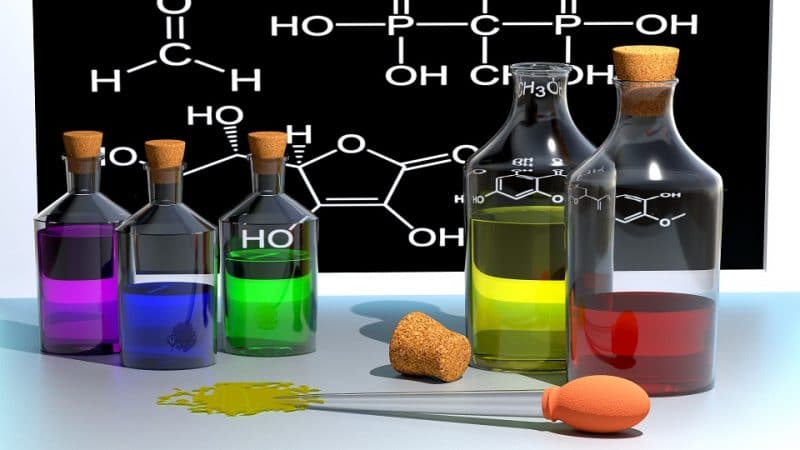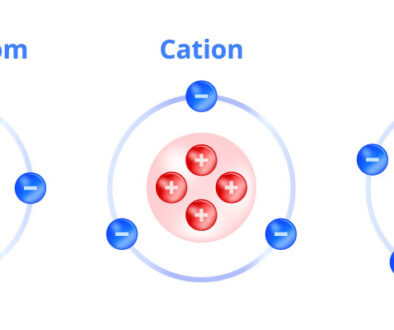Polymer Chemistry: The Backbone Behind Gellner Industrial

Though our polymers appear in everyday applications, such as vinyl or in your favorite paints, the chemistry behind their creation is not so commonplace.
Polymer chemistry is a part of chemistry that deals specifically with the chemical structures and characteristics behind polymers, especially in cases of synthetic polymers often called plastics or elastomers. Polymer chemistry is a smaller part of what is considered polymer science. Polymer physics and polymer engineering are two other manifestations of polymer related studies.
An important part of understanding polymers is understanding how they are classified. Polymers are often divided into two different sub-groups. These groups are biopolymers and synthetic polymers. Furthermore, compounds can be even further divided and classified depending upon their characteristics, and how they are used. These groups include biopolymers, which are materials that make up almost all the organic matter inside of organisms. Proteins are in fact a classification of biopolymers. Polysaccharides like cellulose are also a classification of biopolymers.
Synthetic polymers are different from biopolymers in that they are behind materials such as plastics, paints, synthetic fibers, building materials, adhesives, furniture and more. There are two main types of synthetic polymers, they include thermoplastic polymers and thermoset plastics. You may not have heard of thermoplastic polymers, but you may have heard of examples of the, including: polyethylene, teflon, polyester, polyvinyl, chloride, nylons and ravon. Thermoset plastics, on the other hand, are exemplified by rubber, kevlar, and more. All of these products are derived from petrochemicals.
You may also be interested in the interesting and lengthy history behind polymers. Henri Braconnot was a major pioneer behind polymers back in 1777. Furthermore, the work of Christian Schonbein led to some major discoveries in the world of polymer science. In 1846, he discovered nitrocellulose, which produces celluloid. This mixture was often used as a wound dressing, beginning in the Civil War and still being in effect in other American wars. Furthermore, during this time period, the characteristics of rubber were identified. The properties were known to be improved by the addition of sulfur. This knowledge led to the creation of the vulcanization process.
Of course, you don’t need to know all of this history to be acquainted with polymers. This is because there are so many popular, current manifestations of polymers. Polymers, and the polymerization process, has found itself to be an integral part of many products, including a lot of plastics and vinyl merchandise. Polymers also contribute to a wide variety of the paints you may use. If you are interested in learning more about polymers, specifically acrylic polymers, you may be interested in Gellner Industrial. Gellner Industrial represents an industry standard in acrylic polymers and polymers that contribute to acrylic paints, vinyl, coverings and more.


